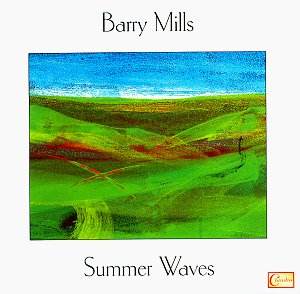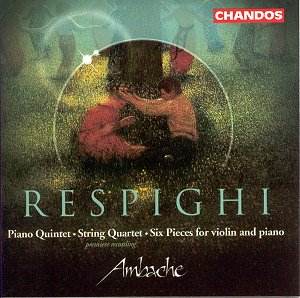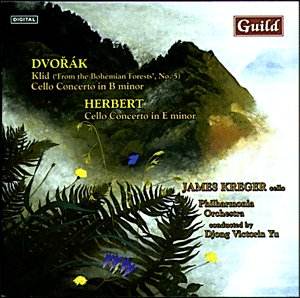 Composer: Barry Mills
Composer: Barry Mills
Works: Summer Waves; Saxophone Sketches; Saxophone Quartet; The Wind and the Trees; Duo for Flute and Clarinet; Guitar Quartet; Trio for Flute, Viola and Guitar; Harp Sketches; Trio for Flute, Viola and Harp
Performers: Tony Sions (alto saxophone), Philip Edwards (B flat clarinet), Charlotte Munro (flute), The English Guitar Quartet, Alison Back (flute), Peter Sulski (viola), Paul Gregory (guitar), Hugh Webb (harp)
Recording: All Saints, Eastbourne, recorded between 1993-1996
Label: CLAUDIO CC 5153-2
Barry Mills, a composer whose craftsmanship is both subtle and evocative, presents a collection of works that reflect his fascination with nature and its myriad forms. Born in Plymouth in 1949, Mills has cultivated a unique voice that melds impressionistic elements with a modern tonal vocabulary. This recording, featuring several of his chamber works, invites listeners to explore a sound world that is richly textured and deeply connected to the natural environment. The pieces, composed between 1993 and 1996, showcase a range of instrumental combinations, from the intimate dialogues of the Duo for Flute and Clarinet to the robust textures of the Guitar Quartet.
The performances throughout this disc are commendably dedicated, capturing the essence of Mills’ musical language. The Saxophone Sketches, for instance, delineate a vivid sonic landscape where the alto saxophone takes on evocative contours, particularly in the autumnal imagery of “Autumn Leaf.” The expressive capabilities of the saxophone are explored with finesse, as the performers navigate the contrasting sonorities that Mills elicits, such as the ghostly qualities of the soprano saxophone in “Night Winds” from the Saxophone Quartet. Here, the restraint exhibited in the first movement provides a stark yet effective contrast to the more ethereal textures that follow.
Mills’ use of the clarinet in “The Wind and the Trees” reveals his penchant for exploring timbral nuances. The pitch-bending and flutter-tonguing employed by Philip Edwards add a ghostly layer to the work, echoing the natural phenomena it seeks to portray. The Duo for Flute and Clarinet further exemplifies this exploration of color, as the interplay between the two instruments yields a delicate balance of timbre and harmony. The flutist Charlotte Munro and clarinetist Edwards navigate these elliptical tonal contrasts with precision, creating a compelling dialogue that enhances Mills’ narrative intent.
Recording quality is generally adequate, capturing the nuances of the performances with clarity, though at times one longs for a more immersive soundstage. The engineering allows for the subtlety of the Guitar Quartet’s “Moving with the Wind” to shine through, where the plucked strings evoke the gentle rustling of leaves. This middle movement, along with the thrummed sonorities of “In Deep Night,” stands out for its captivating textures, reinforcing Mills’ command of instrumental color.
Mills’ trios, such as the Trio for Flute, Viola, and Guitar, further demonstrate his narrative gifts, showcasing moments of heightened expressivity that resonate with the listener. The viola writing is particularly notable; Mills deftly explores extremes of register, avoiding clichéd gestures and instead crafting phrases that are both innovative and musically valid. This thoughtful approach to instrumentation marks a significant strength of his compositional style.
This disc presents a welcome opportunity to engage with Mills’ music, illustrating a composer who deftly blends nature-inspired themes with a modern sensibility. The performances, while at times lacking the polish found in more commercially established recordings, convey a heartfelt commitment to the music. Mills’ ability to weave a narrative through sound is evident, making this an important addition to the repertoire for contemporary chamber music aficionados. The collection stands as a testament to his artistic vision and a valuable contribution to the landscape of modern classical music.



